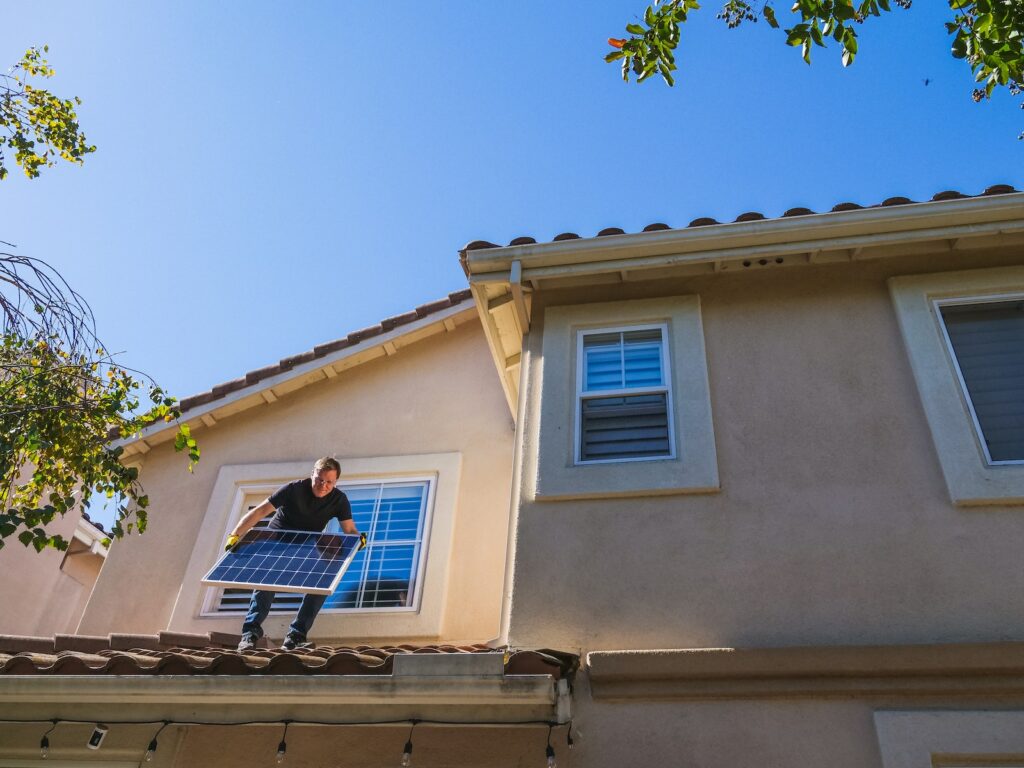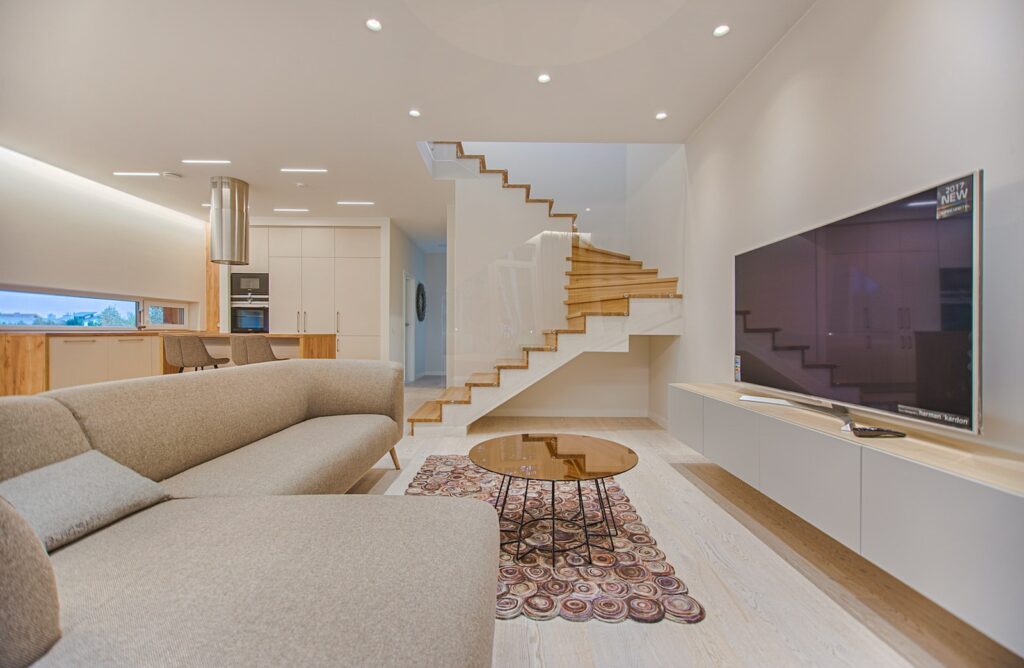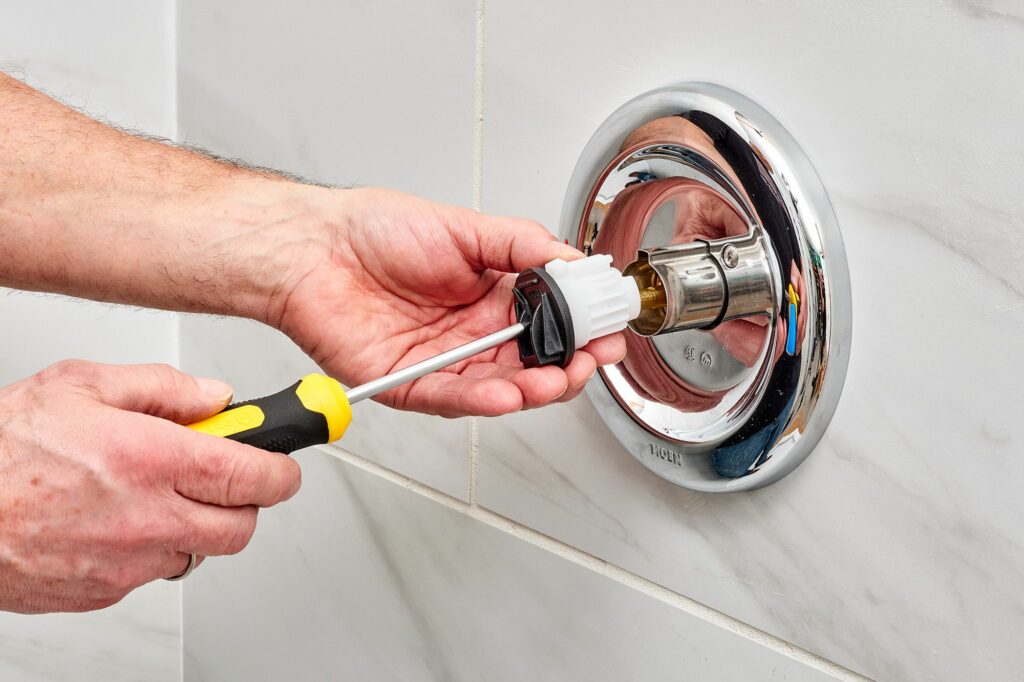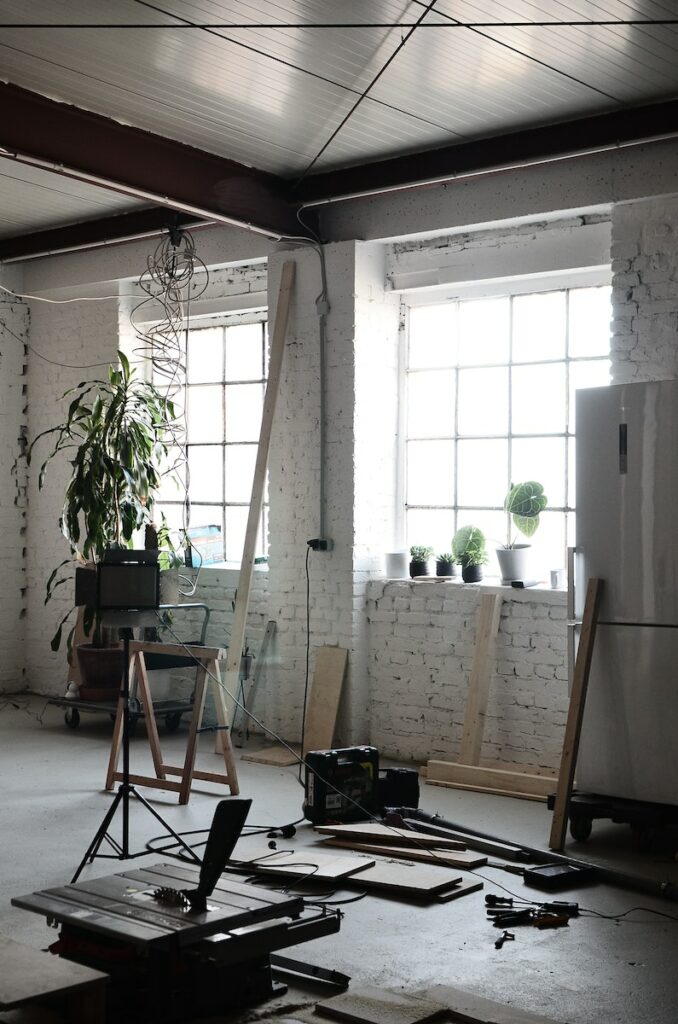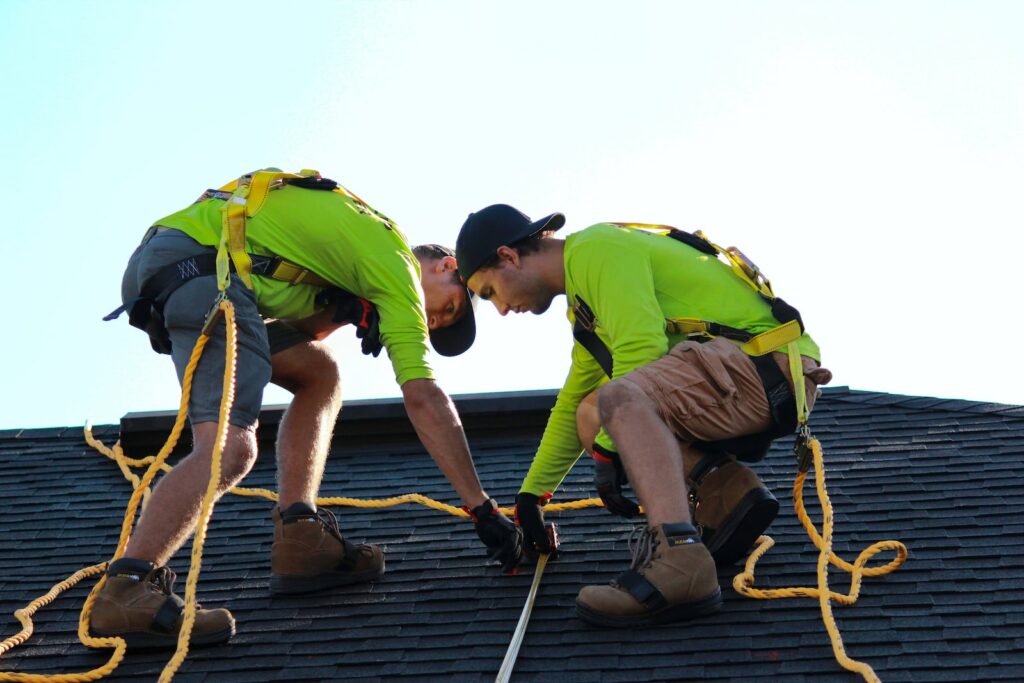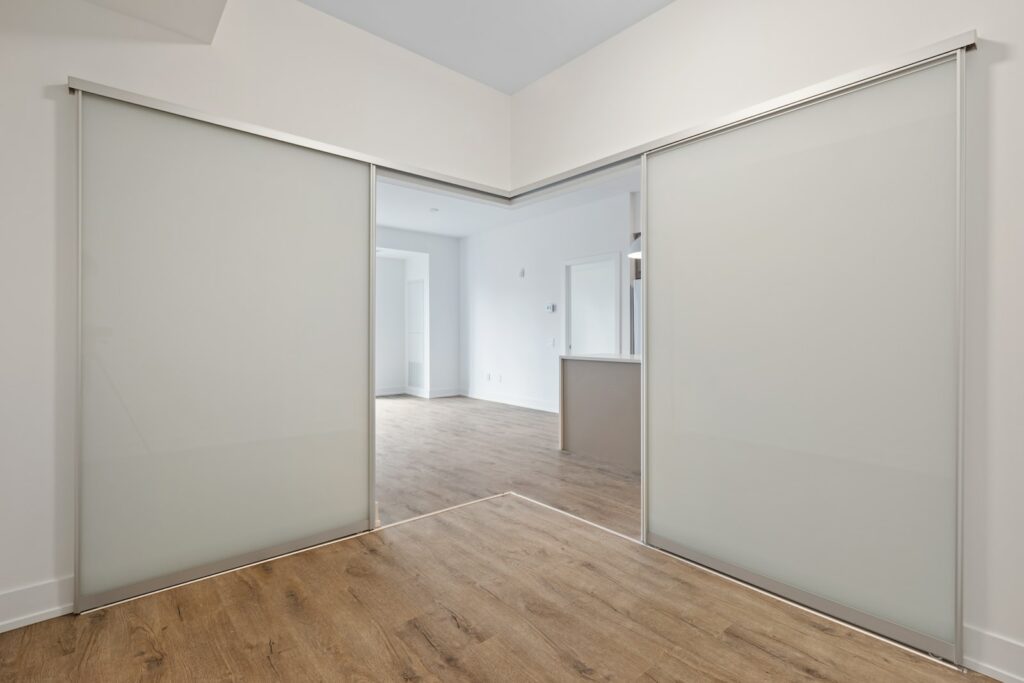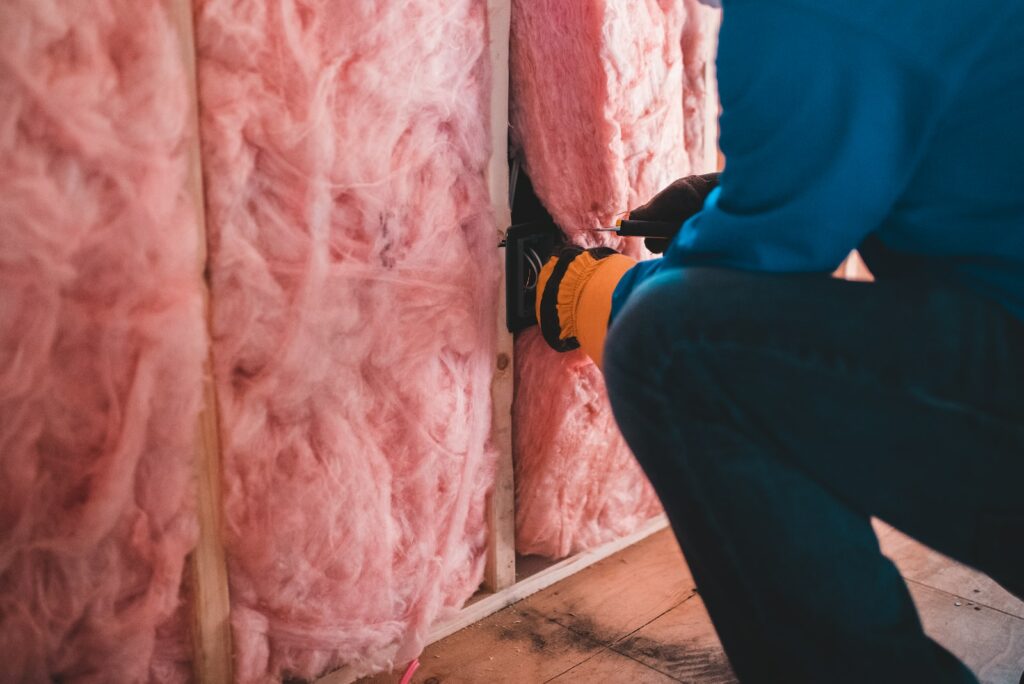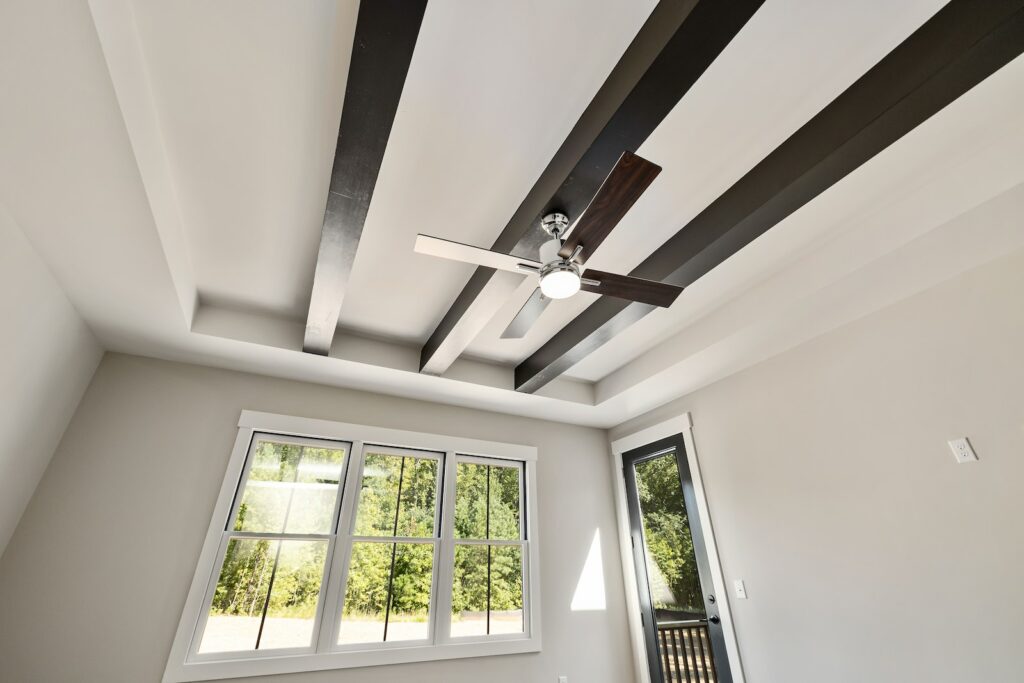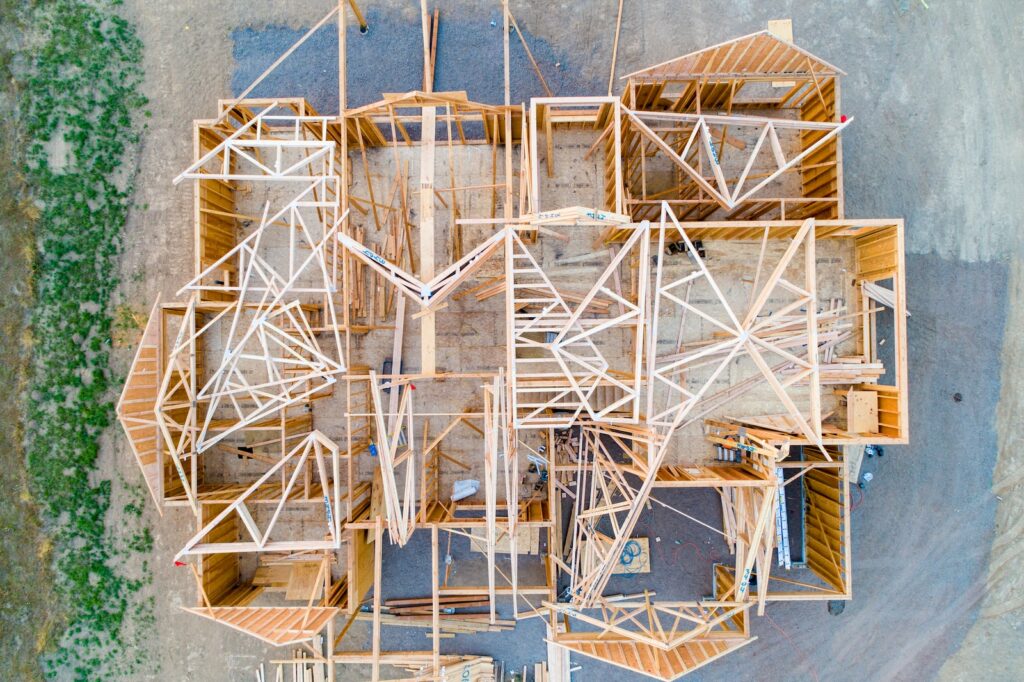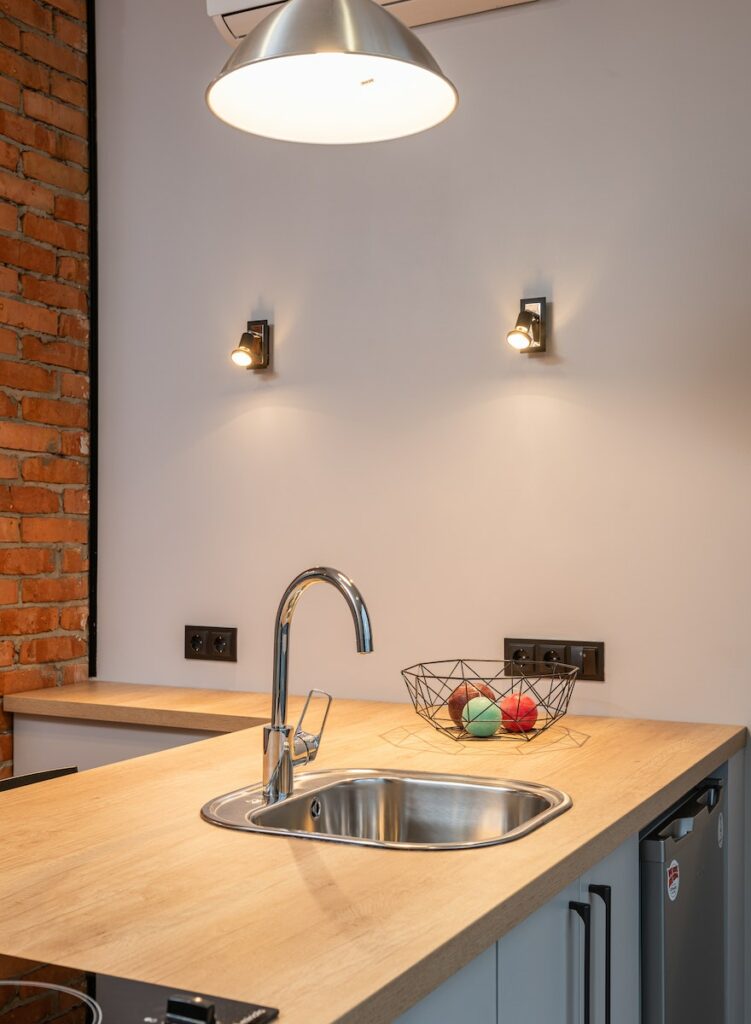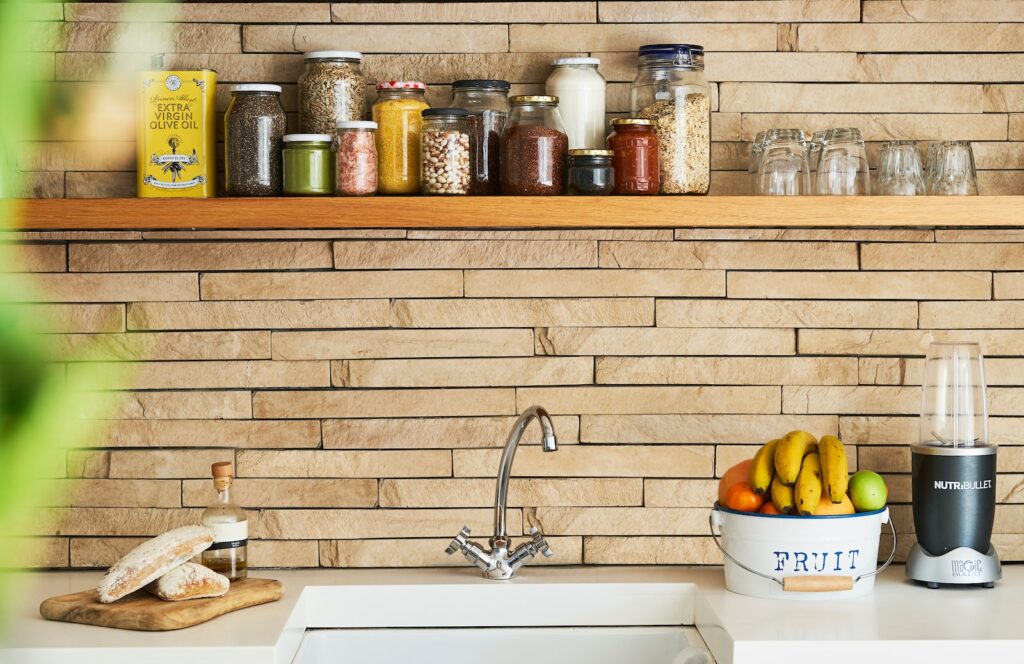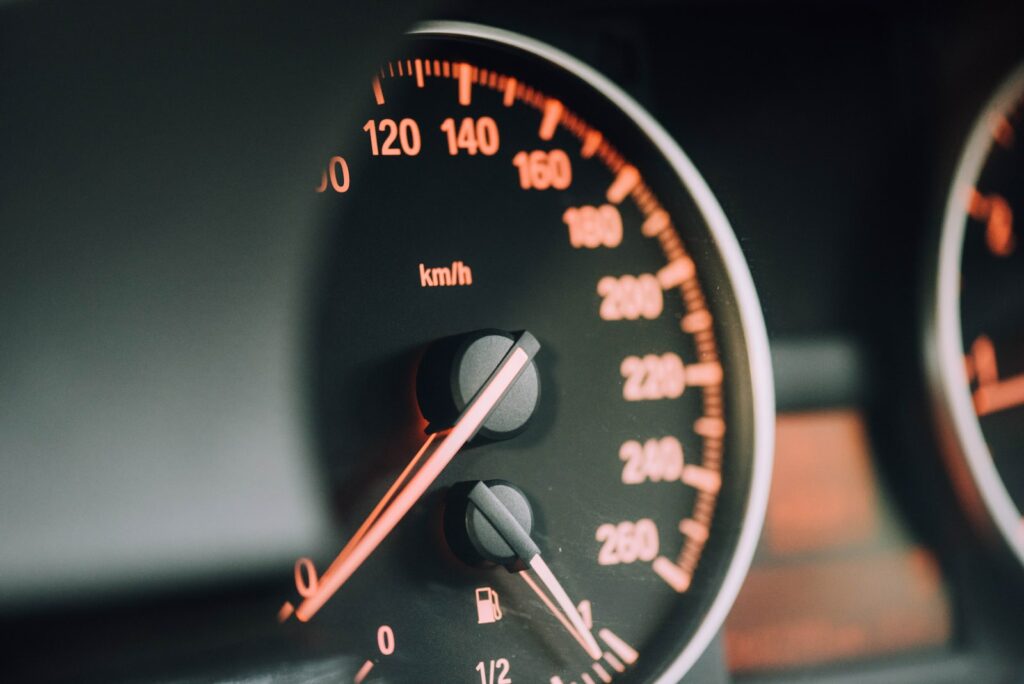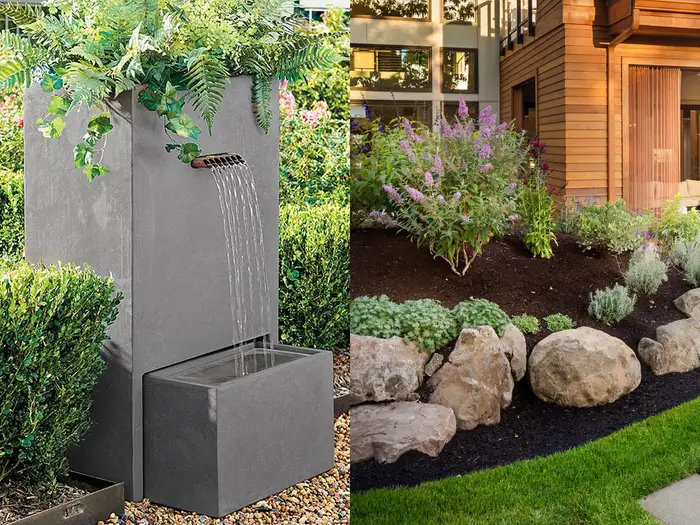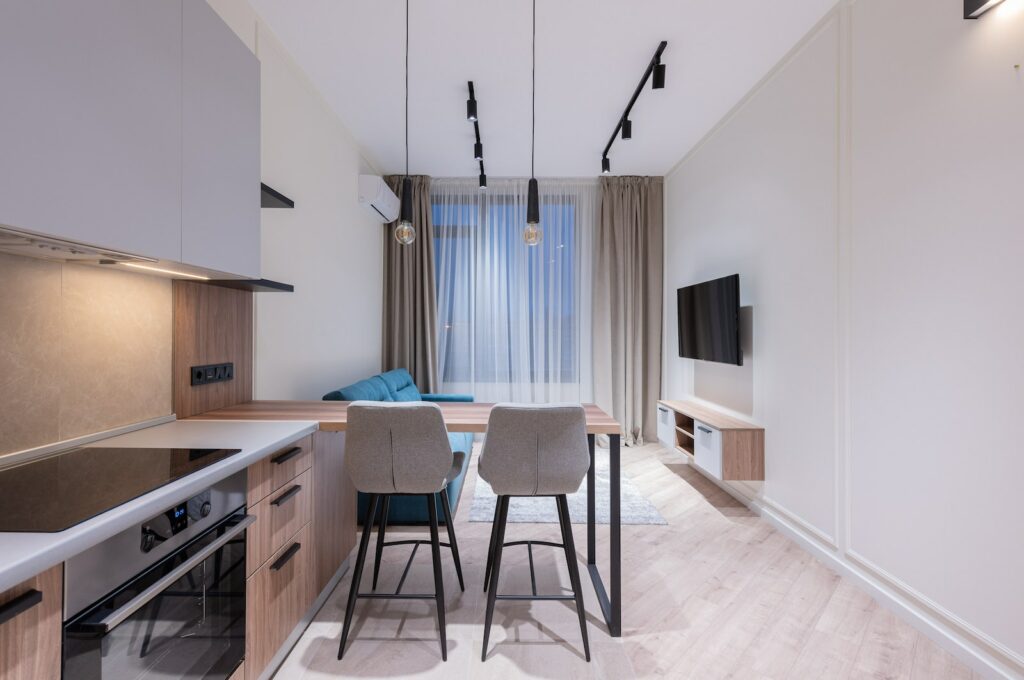DIY Solar Panel Installation: How to Generate Your Own Electricity
Generating your own electricity with a solar panel installation is a great way to save money on energy costs. It’s a great way to reduce your carbon footprint and do your part for the environment. In addition to the environmental aspect, solar panels have proven to be reliable and efficient sources of energy. With the right materials and knowledge, you can install solar panels yourself without spending a fortune. Here are detailed instructions on how you can do it.
Step 1: Gather the Materials
The first step to creating your own power is to gather the materials needed for the project. You will need solar panels, racking, charge controller, deep cycle batteries, wires and connectors, grounding rod, and battery cables. Be sure to buy quality materials that are designed to last. Talk to a professional electrician or solar installer to make sure you get the right type and amount of materials.
Step 2: Determine Your Site
The next step is to find the perfect spot for your solar panel system. Choose an area that is not shaded by trees or buildings, and that has direct access to sunlight for most of the day. Try to find a place with a south-facing orientation and a high-elevation angle, since these will give you the most efficient results. Make sure you have enough room to fit the panels, as well as any other equipment needed for installation.
Step 3: Install the Panel Mounts
Once you have determined the ideal spot for your solar panels, you’ll need to install the panel mounts. Use a level and tape measure to mark where the panels should be placed, and secure the mounts with screws or bolts. Make sure the mounts are secure and level, so that the solar panels can be installed correctly.
Step 4: Install the Panels
Once the mounts are in place, you’re ready to install the solar panels. Place the panels onto the mounts and secure them with screws or bolts. Connect the panels to each other using the wires and connectors. Be sure to follow the manufacturer’s instructions for safely wiring the panels.
Step 5: Install the Charge Controller
The charge controller is an essential part of the system, as it regulates the charging of the battery. It prevents the battery from overcharging and prevents short circuits. Place the charge controller on a wall or other flat surface, and connect it to the solar panels. Be sure to follow the manufacturer’s instructions for wiring the controller.
Step 6: Install the Batteries
Once the charge controller is installed, you’re ready to install the battery. Connect the battery to the charge controller with the battery cables, and make sure to use the proper gauge for wiring. Secure the battery with a grounding rod to prevent any electrical shocks. Make sure to follow the manufacturer’s instructions for wiring the battery.
Step 7: Test the System
Once the battery is installed, it’s time to test the system. Turn on the system and make sure all the components are connected correctly. Monitor the system for a few hours and make sure the battery is charging correctly and the components are working properly. If there are any problems, make sure to fix them before turning the system on.
Why Generate Your Own Electricity?
Generating your own electricity with a solar panel system is a great way to save money on energy costs. Solar power is becoming increasingly popular, and the systems are reliable, efficient, and cost-effective. Installing your own system can be rewarding and can help you reduce your carbon footprint. In addition, it can add value to your home by decreasing your electricity bills.
Precautions and Expenses
Before you begin installation, it’s important to take safety precautions. Be sure to follow the manufacturer’s instructions and use the correct materials. In addition, be sure to research any local codes or regulations that may apply to installing solar panels. The cost of materials and installation can vary depending on the size of your system, but it can typically range from $2,000 to $20,000.
Generating your own electricity with a solar panel system is a great way to save money and help the environment. With the right materials and knowledge, you can install solar panels yourself without spending a fortune. Follow these steps and you’ll be enjoying clean, renewable energy in no time.

